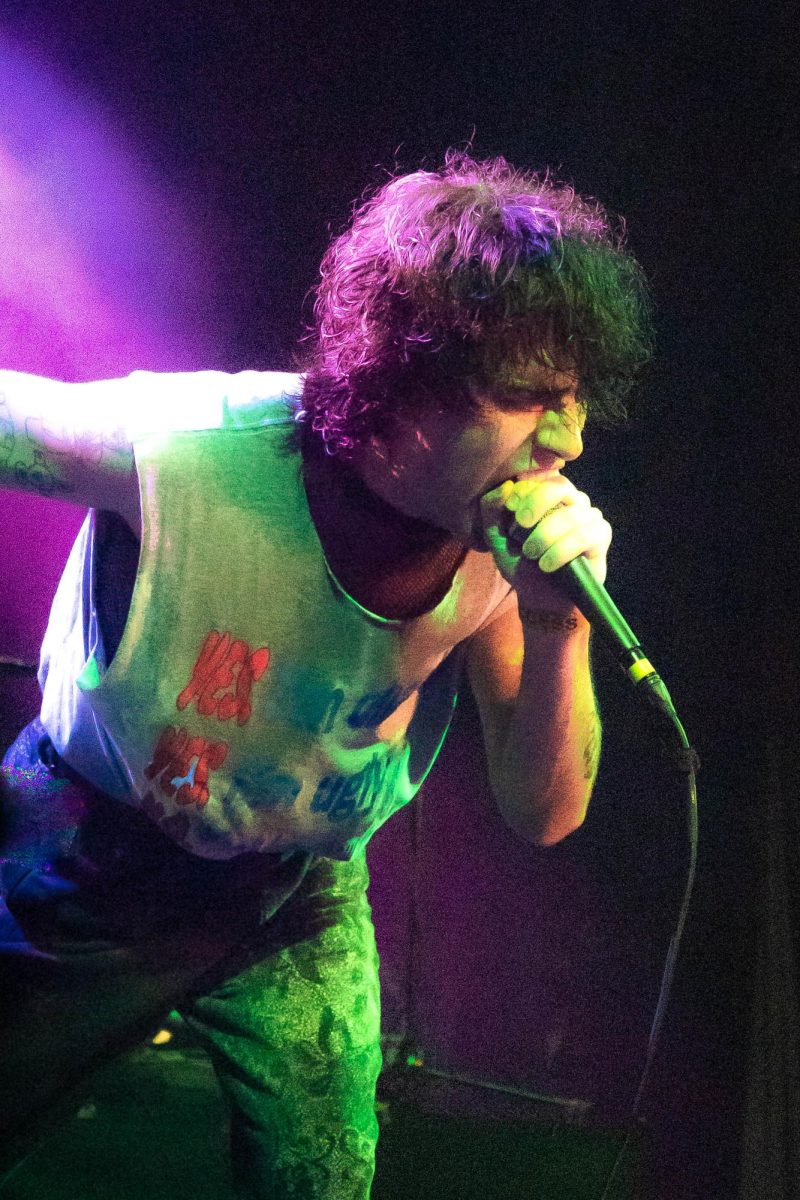UTSA comparative literature professor, Steven Kellman, hosted the San Antonio Museum of Art’s (SAMA) Global Lens series this past Friday. Kellman returns to SAMA to introduce the Iranian film, ‘Women’s Prison.’
This film focused on the unfair treatment women faced after the Islamic Revolution in 1979. Before and after the film, Kellman guided discussion among audience members and briefed them on the history behind the series as well as the film.
According to Professor Kellman, “For the past two years or so we have been showing one film a month from a different country, and they are films that otherwise don’t show commercially.”
The film captures the perspective of different women from various social classes in the Iranian culture who, even behind bars, still represent the women free in society. The film depicts a plethora of controversial issues the inmates faced, including domestic violence, sexual abuse, murder and religious persecution.
The viewers are introduced to two main characters at the onset of the film: Mitra and Tahereh. Mitra is an inmate who was imprisoned for murdering her stepfather after he allegedly abused her mother. After witnessing the abuse over an extended period of time, she came to her mother’s defense.
Mitra is a college-educated young woman who is highly respected among the women in the prison.
Tahereh is the new warden taking office who has a silent reform regimen she implements with overconfident force. The warden has an evident vendetta toward Mitra as she notices her calm resistance toward her radical regime. Other inmates admire Mitra and try to stand their ground. It is then that Tahereh decides to show her authority by shaving Mitra’s head, making her an example among the women.
Horrified at Tahereh’s extreme measures, Mitra feels stripped of her womanhood but refuses to break. She maintains her silent resistance throughout the course of her sentence as times and people fade away.
Initially her bravado proves effective. She refuses to wear the required head coverings and stands up for the grievances of the other inmates. At first she seems to outwit the warden at her own game, but the warden is dedicated to breaking her spirit by any means possible.
A bombing takes place outside of the prison one night while an inmate simultaneously goes into labor. The warden and employees mistake the cries for assistance as fear and commotion due to the ongoing war outside and decided to stay put in the office. Mitra, an experienced midwife, rises to the occasion and delivers the baby using simple contraband the other inmates contribute. She gives her all as she tries to safely deliver the baby while making sure the mother survives. Thankfully, both the baby and mother pull through in the midst of the ongoing chaos. As the inmates thank God for the miraculous birth, the warden enters and witnesses what just happened. From that point on we witness a change in the warden’s demeanor toward Mitra and the rest of inmates.
After 17 years, the warden starts to lighten up. While rummaging through contraband confiscated from the inmates, she has a moment where the audience sees her humanity in full representation. She tries on a tube of lipstick for the first time and looks into the mirror.
She looks at her face and realizes her own beauty and femininity. After years of duty, Tahereh begins to realize the authority and control she once thought she wielded was all an illusion.
Every incident report requires approval and justification from men in higher authority than her. The promises she makes to the inmates and policies she tries to enact are belittled, undermining her authority.
Her demeanor towards Mitra is significantly more sympathetic after this time. The evolution of both characters symbolizes the changes and tribulations women in the Iranian culture faced during that time period.
In 2002, Mitra was released from prison after having to endure so much psychological growth. We see how her resistance began with spunk and angst, then ended with stoic silence.
The audience can tell that she has endured much, but she exits with a certain dignity and honor that demands respect. In the end it is Tahereh herself being the real prisoner after being stuck behind the walls of the prison under control.











